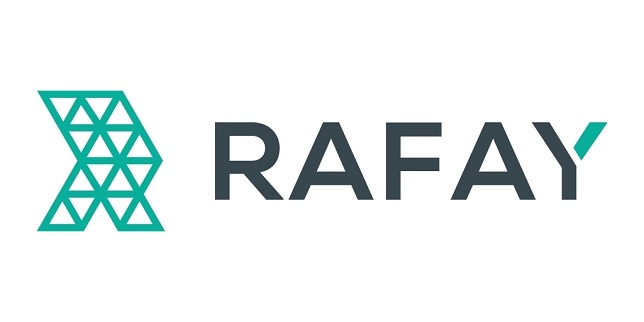Rafay introduces Kubernetes fleet management automation

Rafay Systems announced a set of fleet automation and monitoring enhancements to its flagship Kubernetes Management Cloud (KMC). These enhancements expand the scope and scale of mission-critical Kubernetes (K8s) deployments across global enterprise environments, and include dashboards for global visibility of clusters spanning multiple operating environments, single-click upgrades for Amazon EKS and upstream Kubernetes clusters, and overrides for workloads and blueprints for multi-cluster deployments.
These features and upgrades were developed to meet growing user demand, and collectively automate and streamline critical Kubernetes operations workflows, creating a repeatable and reliable Kubernetes practice for enterprise IT and DevOps teams.
The growth in modern application development and need for global scalability are driving enterprises to now operate and maintain dozens of clusters, often referred to as a “fleet” of clusters. Operationalizing a Kubernetes fleet brings numerous challenges. For example, DevOps teams face difficulty in obtaining a unified, enterprise-wide visibility of cluster operations and health information, and face significant challenges in automating fleet-wide operations. DevOps teams also find it difficult to maintain configuration consistency at both the cluster and application level across clusters, while also accommodating unique requirements that various internal teams impose on the infrastructure. Without end-to-end automation for infrastructure configuration, RBAC enforcement, application deployment, etc., enterprises are unable to maintain a steady modernization pace, and see their DevOps costs growing at the same time.
“Now that Kubernetes is taking center stage for mission-critical applications, many global enterprises that originally adopted a DIY strategy for Kubernetes Management are rethinking their plans of record. At the level of scale many of them are finding themselves needing, traditional methods of manual provisioning, DIY maintenance of clusters, homegrown app deployment tooling, to name a few, are resulting in a net-negative return on investment,” stated Haseeb Budhani, CEO of Rafay. “Rafay is proud to introduce the industry’s first set of fleet management capabilities that can be consumed as a service and are specifically designed to make operating 100s of clusters as simple as a handful of clusters.”
Enterprise-Wide Dashboards
DevOps organizations can’t manage what they can’t see. Rafay’s enterprise-wide dashboards ensure reliable operations with a single, organization-wide view of resources consumed, user and access activity, critical alerts, and the overall health of every Kubernetes cluster deployed across all environments. Each internal team is also provided a dashboard that helps them visualize sub-fleets tied to Rafay’s existing native RBAC support. Visibility spans across any environment, including on-premises and public cloud environments such as AWS, Azure, GCP and OCI.
1-Click Upgrades for Amazon EKS Clusters
It is critical to have a reliable, repeatable, and efficient cluster upgrade process to ensure both the Kubernetes version for the cluster and the operating system for the nodes are kept current and up to date. However, upgrading a fleet of Kubernetes clusters often ends up being a multi-day task with various cluster components being upgraded manually. This manual process is burdensome, error prone and time consuming. With Rafay KMC, administrators gain seamless, in-place, 1-click upgrade workflows for Amazon EKS environments. Fine-grained controls enable admins to upgrade EKS control planes, worker node groups, and critical cluster add-ons (core-dns, kube-proxy and aws-node), as well as the worker node AMIs in a controlled, phased manner. Traditionally manual and error-prone steps such as pre- and post-upgrade checks are automatically performed to detect and report any known issues. A detailed upgrade history is automatically maintained for auditability.
Configuration Overrides for Clusters and Workloads
When resources need to be deployed to a fleet of Kubernetes clusters, it is critical to be able to dynamically customize the resources with cluster-specific requirements. Without this, users will be saddled with the operational burden of managing artifacts by cluster, resulting in unnecessary duplication. With overrides for cluster blueprints and workloads, the same artifact can now be deployed to a fleet of clusters with customizable configurations that can vary on a cluster by cluster basis. Rafay simplifies the creation and management of overrides, enabling easier, more reliable and repeatable Kubernetes operations.



